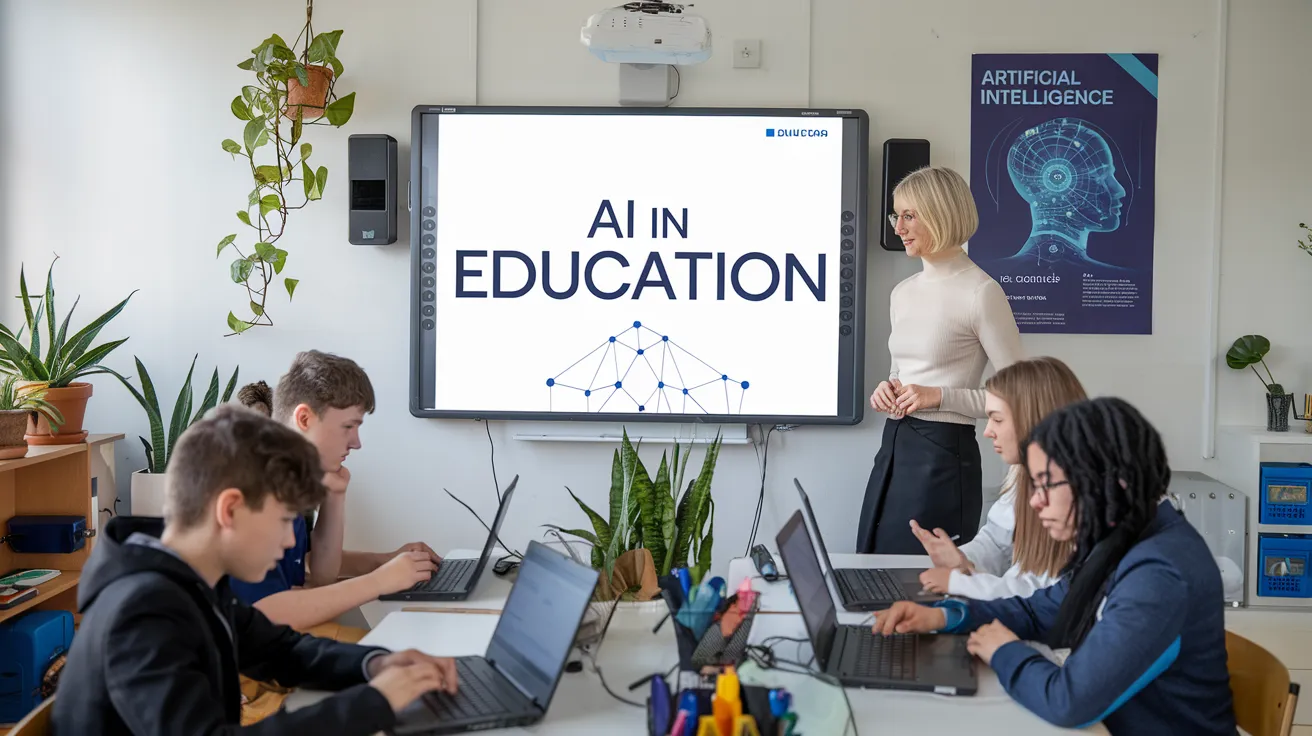Schools Struggle to Adapt to AI Technology

Schools Unprepared for Rapid AI Advancements
Recent research has revealed that educational institutions are poorly equipped to address the rapid advancements in artificial intelligence (AI) technology, primarily due to outdated policies and unclear guidelines regarding its usage. As schools prepare for upcoming initiatives like the new Leaving Cert additional assessment components (AACs), there are increasing worries among educators about the potential misuse of AI tools.
Research Findings Highlight Key Gaps
The study, conducted by researchers Ann Marcus-Quinn from the University of Limerick and Selina McCoy from the Economic and Social Research Institute, analyzed acceptable usage policies (AUPs) from more than 50 large secondary schools in Ireland. Shockingly, only 11% had updated their policies for the academic year 2024/25; many existing guidelines dated back to before 2020 and did not address AI specifically.
Concerns Among Educators
While nearly 45% of school leaders expressed support for students utilizing AI tools like ChatGPT, they stressed the necessity of placing guidelines to ensure responsible use. Conversely, one-third of participants advised against using such tools unless strict regulations were established. The study also uncovered substantial concerns regarding ethical and privacy issues—over half of respondents identified these as significant factors needing attention.
The Need for Updated Guidelines
Marcus-Quinn emphasized the pressing need for explicit guidelines regarding AI’s integration into schools, which should cover data privacy, ethical usage, and limitations to prevent misuse. The lack of centralized support from the Department of Education has hindered schools from keeping AUPs current.
“Schools need comprehensive guidelines on using AI—whether in classrooms, for homework, or State examinations,” she asserted. The absence of such clarity leaves both teachers and students uncertain about how to effectively incorporate AI tools into learning.
Department of Education’s Commitment
A representative from the Department of Education confirmed that guidelines on AI in education are being developed with the support of Oide, the teacher support service. These guidelines aim to promote awareness of the opportunities and risks associated with AI use, with initial drafts expected to be circulated to schools by the first quarter of 2025.
Local Decision-Making on AI Resources
Ultimately, decisions regarding the deployment of digital technologies, including AI, rest with the boards of management within individual schools, which also bear responsibility for selecting resource materials used in curriculum implementation. Without clear directions and updated policies, however, the journey towards effectively incorporating AI in education may be fraught with challenges.